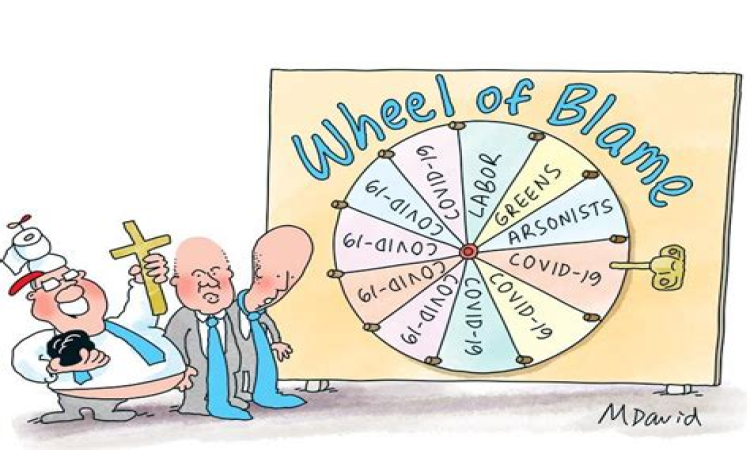Authors: Ross Clark 19 August 2022, The Spectator
From the beginning, the debate over lockdowns was skewed by the fact that Covid deaths were imminent – and any other effects from lockdown would become apparent over a longer period. But are we beginning to see that now? Over the past few months the Office for National Statistics has been recording ‘excess’ non-covid deaths of around 1,000 a week in England and Wales – that is to say deaths above and beyond the level which would be expected at this time of year. Deaths over the summer months have been more in line with the number of deaths which might be expected in a normal winter.
Many of the excess deaths appear to be from heart and circulatory diseases. Recent heatwaves may have contributed negatively to this – warmer weather has long been associated with excess deaths. But the current bulge in excess deaths can be traced back to April, long before the heatwave. There have been suggestions that Covid could have weakened people’s health and that we are seeing a delayed reaction to being infected with the virus. Others point to delays in NHS treatment, with long waits in A&E.

https://datawrapper.dwcdn.net/aorwZ/1/
But the possibility remains that we are seeing the result of lockdowns – in particular, the failure of people to seek treatment or the difficulty of obtaining a consultation when we were all ordered to stay at home. The first lockdown, for example, resulted in a 33 per cent fall in diagnosis of early-stage cancers. The government was forced to change its messaging when it became clear that telling people to ‘stay at home’ and ‘protect the NHS’ was dissuading many from seeking treatment, even when they had ominous symptoms.
That lockdowns could themselves cause significant excess deaths was suspected by the government. In July 2020, the Department for Health quietly published a study which concluded that the number of Quality Adjusted Life Years (QALYS) from the indirect effects of the pandemic could eventually outstrip the number of QALYS which had been lost to Covid at that point. Covid, it estimated, would cost 530,000 QALYS. But 41,000 would be lost to reduced access to A&E, 73,000 lost to early discharge from hospital and reduced access to primary care services and 45,000 would be lost to delays in elective surgery. An additional 157,000 QALYS would eventually be lost to the effects of recession – and 294,000 to deprivation as a result of lower economic growth in the long term.
This is just modelling, of course – the limitations of which became plain during the pandemic. Moreover, not all these effects can be laid at the door of the government’s decision to order a lockdown. Had the NHS become overwhelmed by Covid cases, there would have been all manner of delays to treatment for other conditions. Lockdown or not, the economy would have taken a hit – although Sweden, which decided against the measure, suffered a lot less, in economic terms, than Britain and other European countries which did call lockdowns.
Nevertheless, the debate on the wisdom of ordering a lockdown in respect to an outbreak of infectious disease is far from over. Studies on the long-term effects are likely to rumble on for years. But the possibility that a lockdown could itself cause excess deaths was certainly known to the government in July 2020 – well before it decided to repeatedly resort to the measure.
